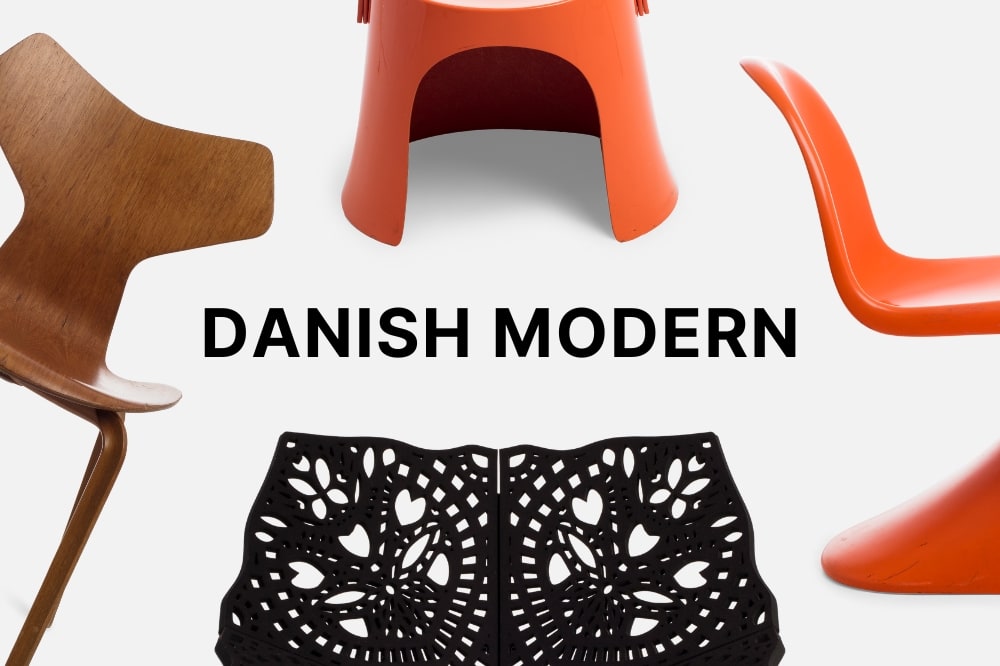
The iconic modernist lounge chairs
The iconic modernist lounge chairs
How did a fascination with bicycles lead to a revolution in furniture design? Journey back to 1920s Germany, where the Bauhaus School's trailblazing ideas forever transformed the way we think about function, form, and simplicity in our living spaces.
The modernist movement in 1920s Germany paved the way for a wholly new and revolutionary view of architecture and design. The social, technical, and aesthetic innovations created within the framework of the pioneering Bauhaus School engaged and inspired architects and designers throughout Europe and the United States. More than 100 years after the Bauhaus was founded, many parts of the school's founding philosophy and practice are still applied in today's design education.
For many active architects, designers, and manufacturers, the Bauhaus legacy is very much alive, although today's increasing focus on sustainability and environmental issues often results in greater design complexity.
The German-Hungarian architect Marcel Breuer (1902-1981) was one of the Bauhaus legends. His early experiments with steel pipe furniture revolutionized the view of how a piece of furniture could be shaped. Breuer was fascinated by the modern bicycle as a design object, which gave him the idea to use steel tubes in furniture construction. In 1925, his Wassily Chair was launched - a kind of club armchair with thin lines in steel tubes and with the necessary support of thick leather for comfort. Clearing away all unnecessary details and giving an open view of both function and construction was entirely in line with the principles of modernism and embodied the concept of minimalism, "less is more." In architecture, the expression is often, maybe erroneously, attributed to the German architect Ludwig Mies van der Rohe (1886-1969).Van der Rohe was another pioneer of modernism who adapted this style in his architectural creations to emphasize beauty in simplicity and functionality.
Besides lecturing at the Bauhaus school, Breuer founded the firm Standard Möbel in Berlin in 1926 to produce his tubular steel furniture. One of his most acclaimed chair is the B64 Cesca chair, which Breuer designed for the Austrian company Thonet in 1928. This chair was copied and sold in huge numbers during the 1980s and is still very popular today.
Contemporary with Breuer, the French architects Le Corbusier, Charlotte Perriand, and Pierre Jeanneret designed elegant tubular steel furniture. One of the best-known is the LC4 Lounge Chair from 1928, which is notable for its sophisticated adjustable seating element. The chair aligned with Le Corbusier's intellectual and technical ideas of the home as a machine.
In the first half of the 1930s, when the Nazi party had come to power in Germany, Marcel Breuer, among other artists, architects, and designers, chose to emigrate to Great Britain. He started collaborating with the Isokon furniture company, founded by Jack Pritchard and Wells Coates. The company designed and constructed modernist houses and furniture.
However, the Isokon company was never commercially successful. Its end came with the outbreak of World War II, when the Estonian plywood supplier A.M-Luther company was confiscated due to the Soviet invasion of the Baltic countries. The Isokon Furniture Company closed in 1939 but restarted in 1963. Since 1982, the Breuer laminated wood furniture has been produced by Isokon Plus under a license from the Pritchard family.
Article written by Lars Bülow








































































